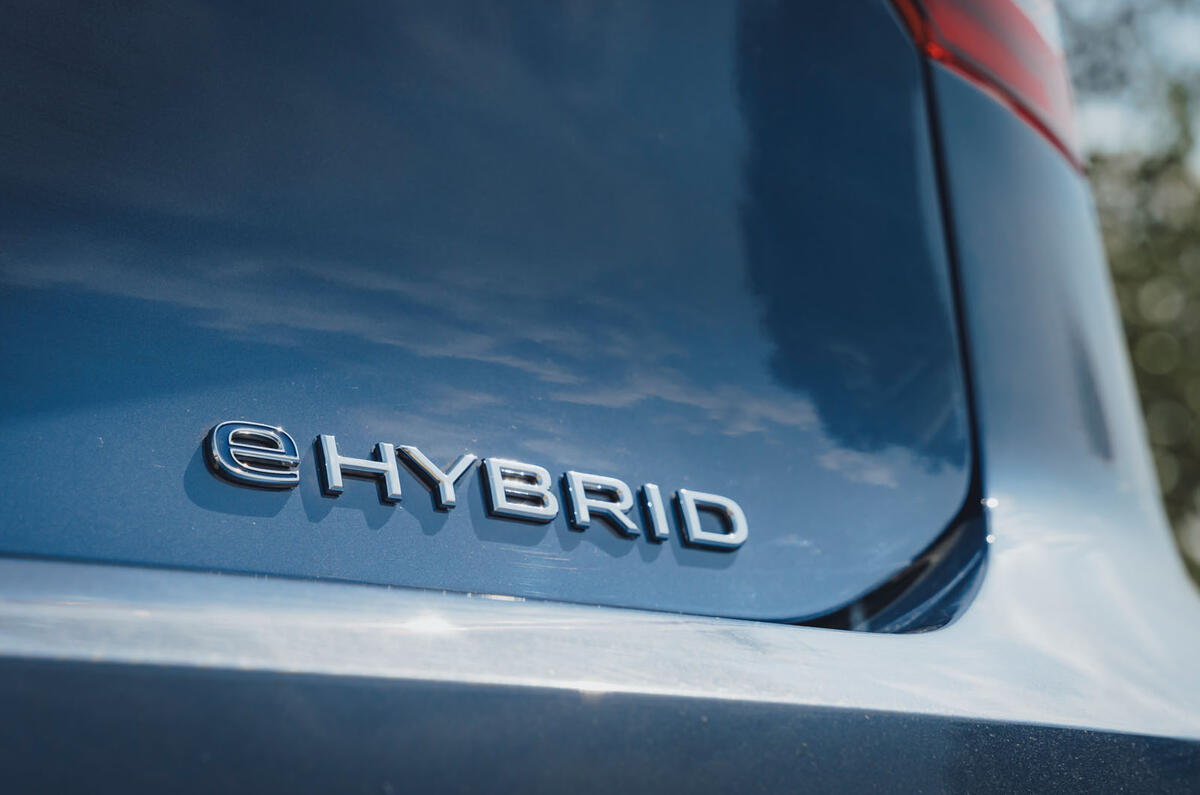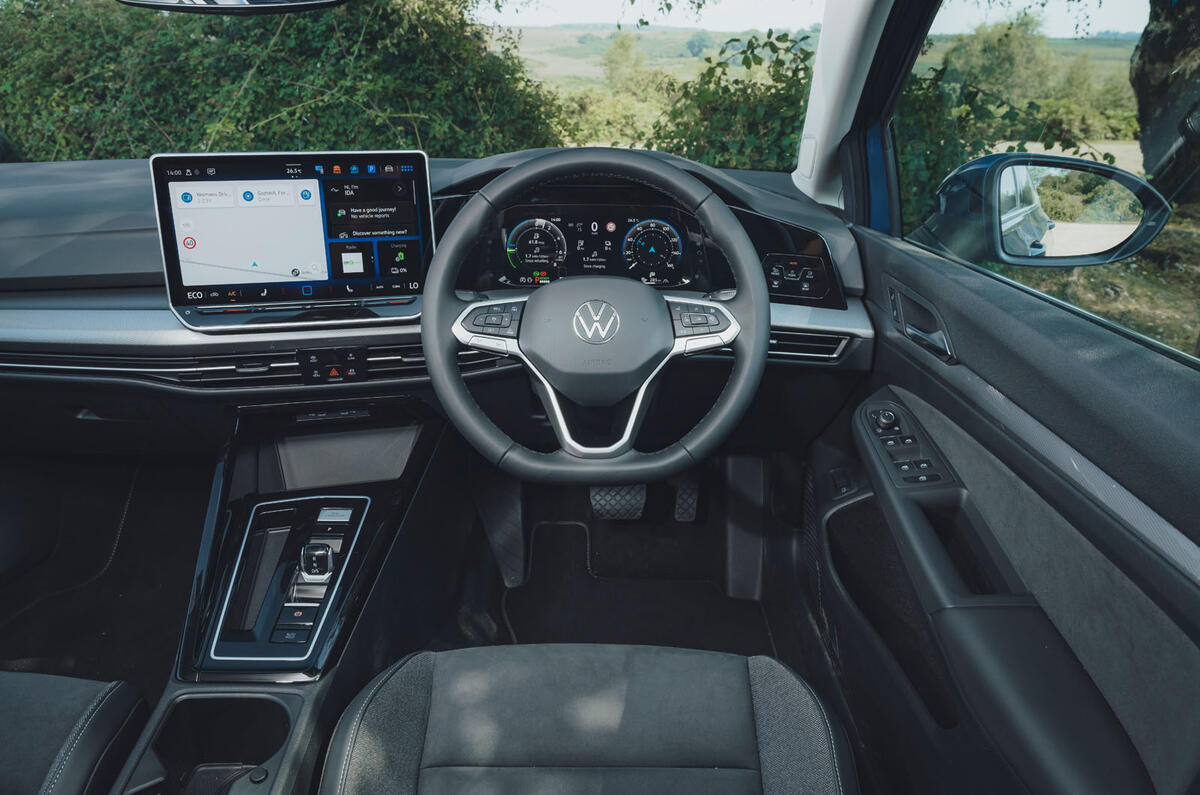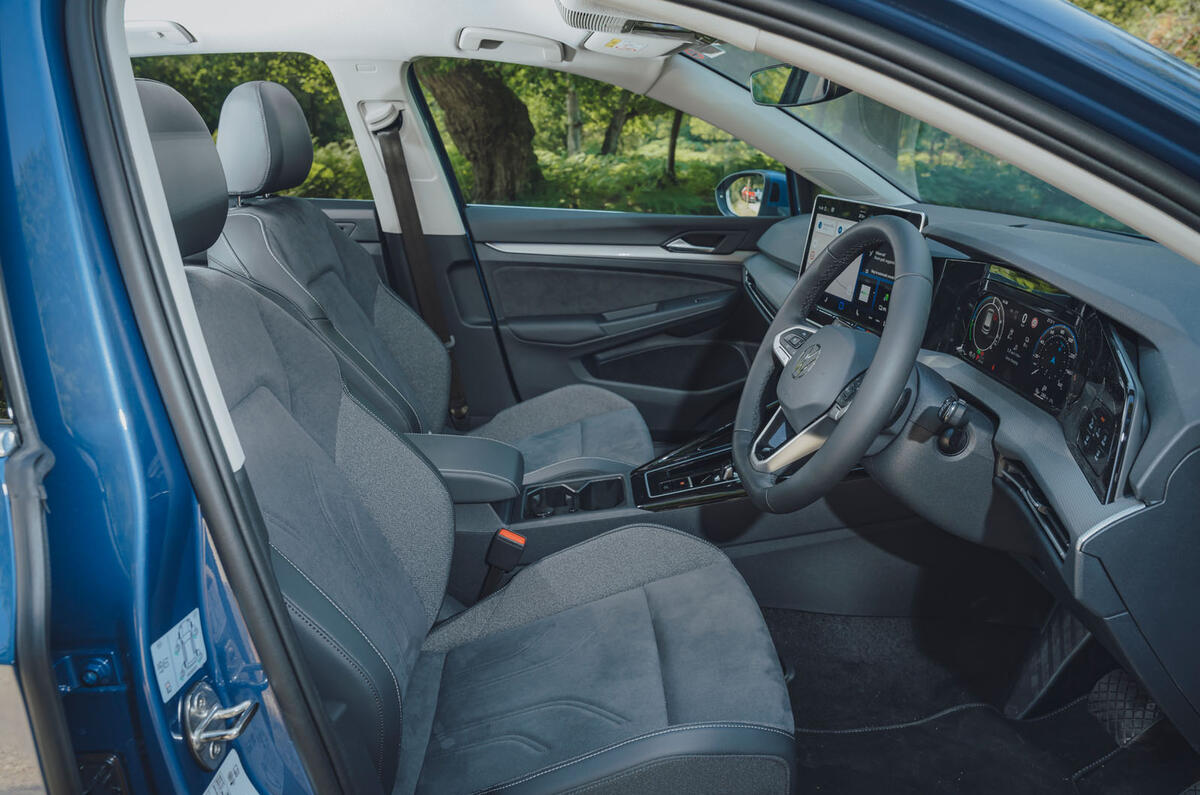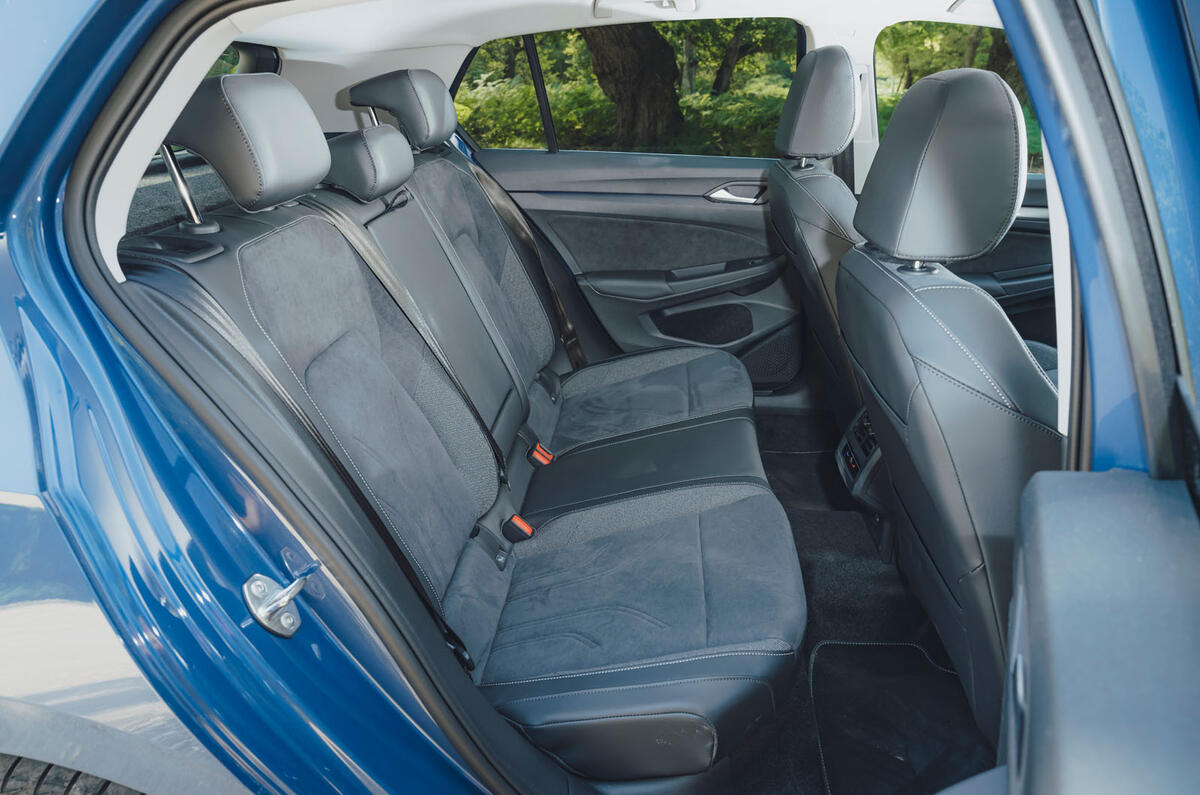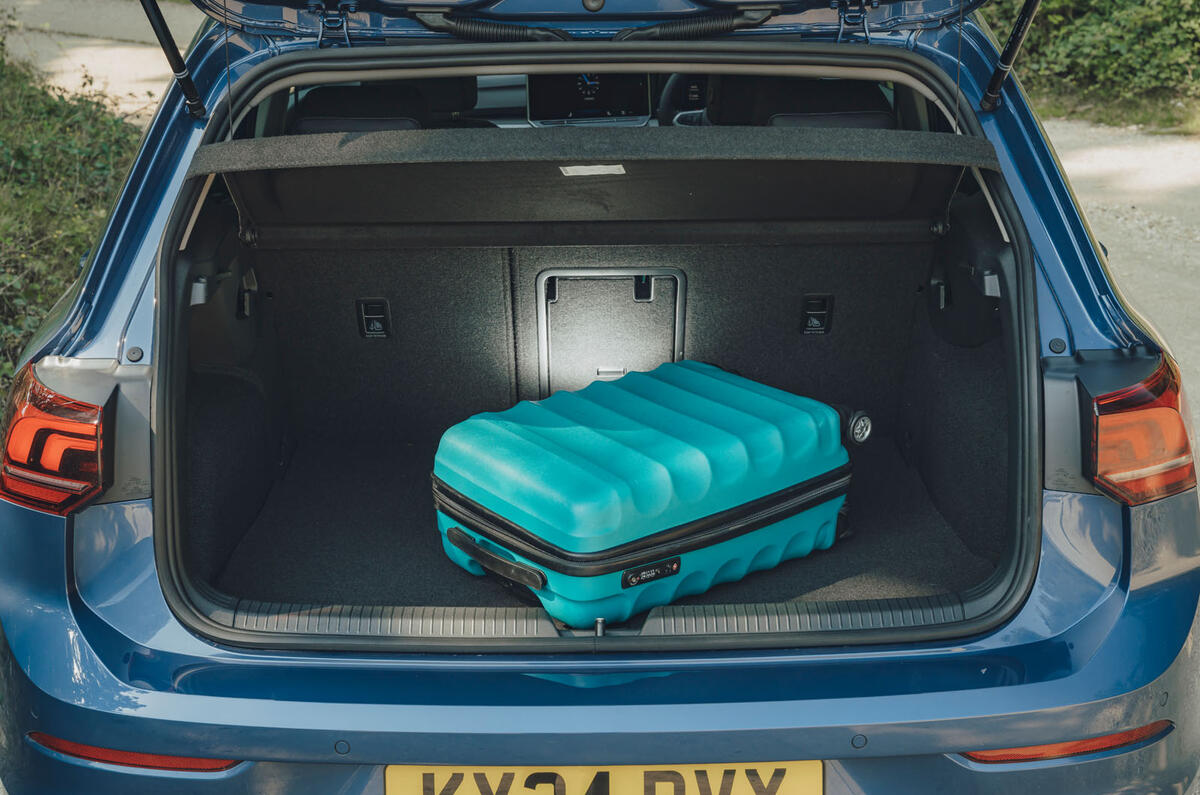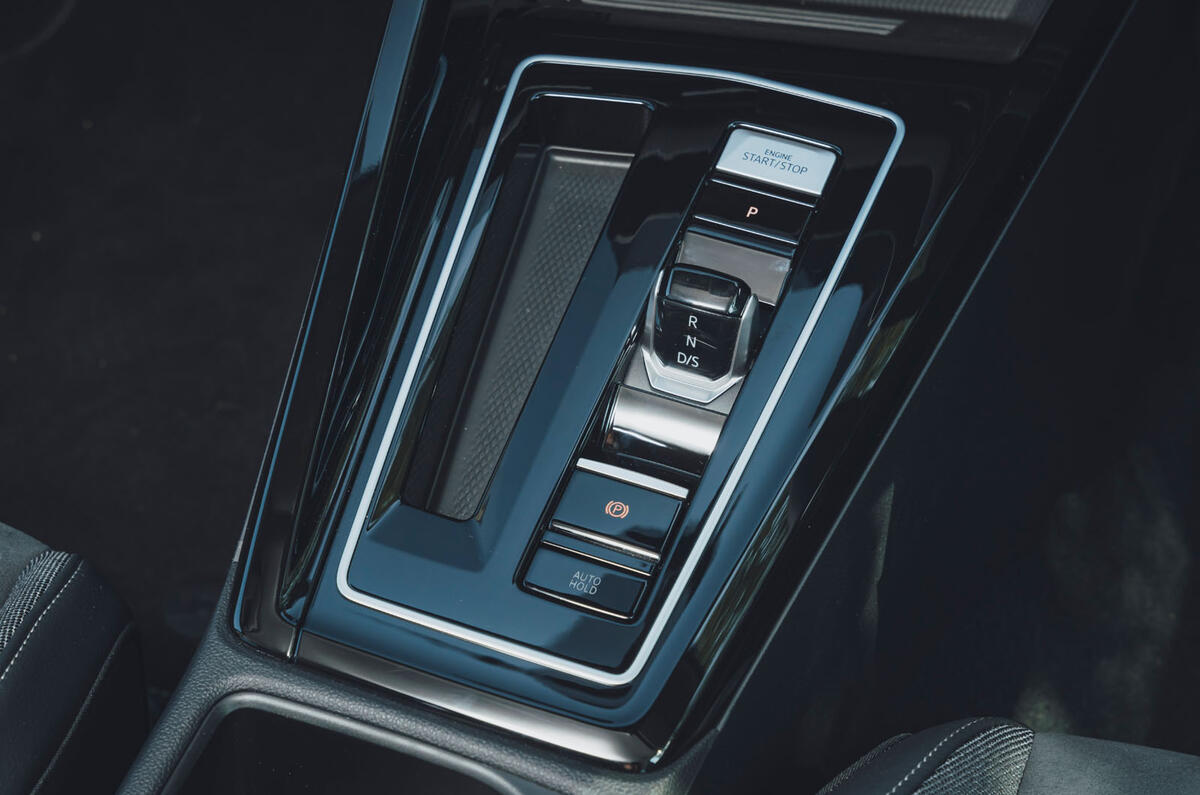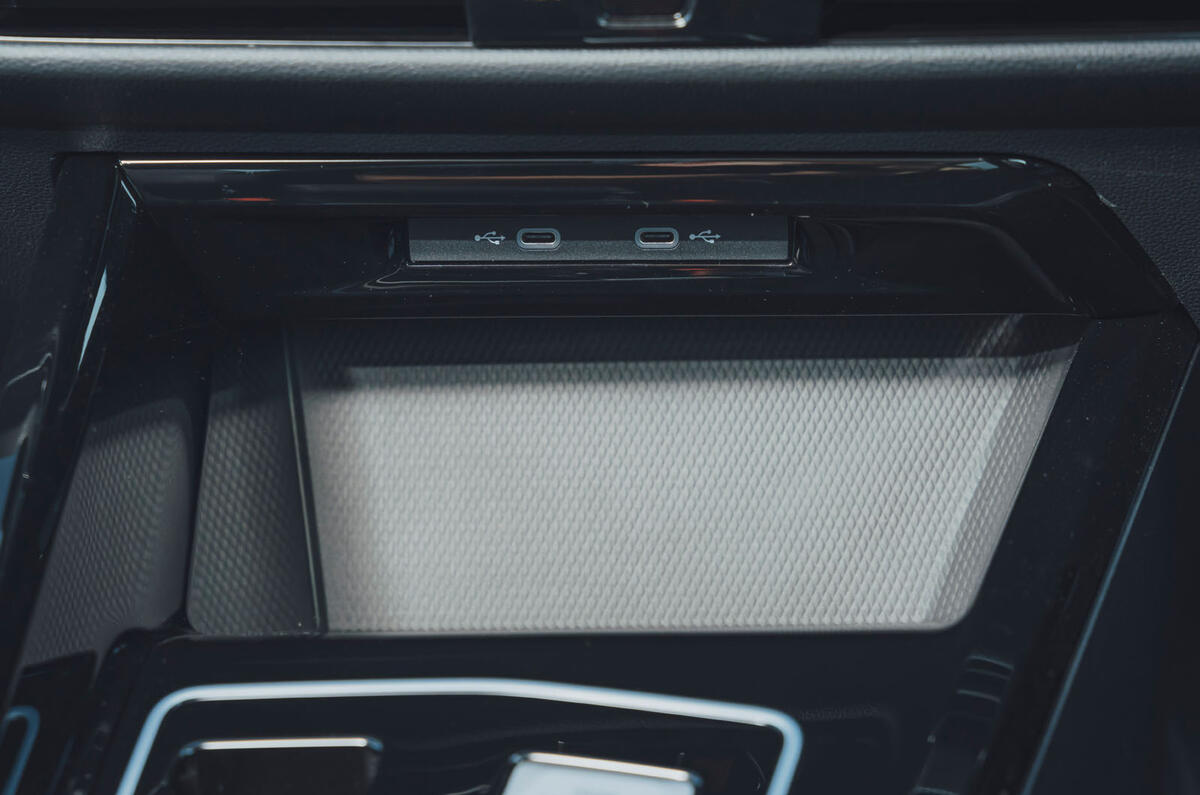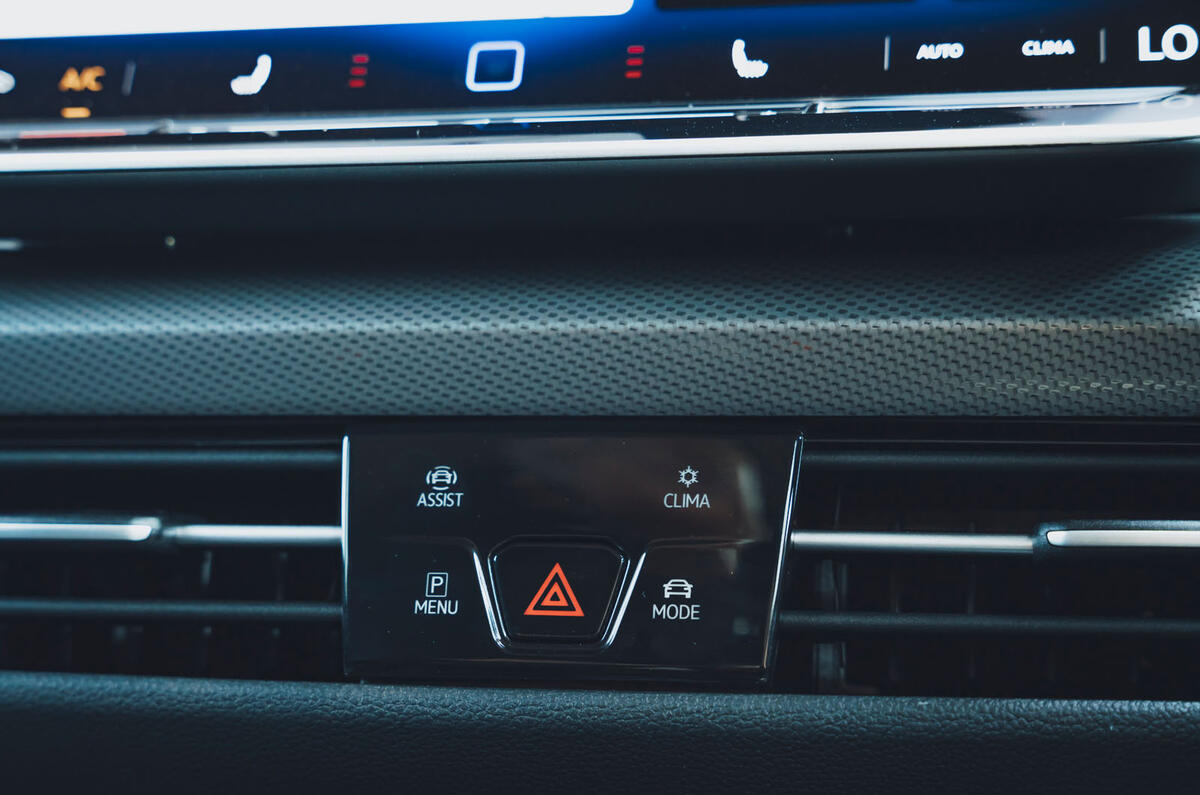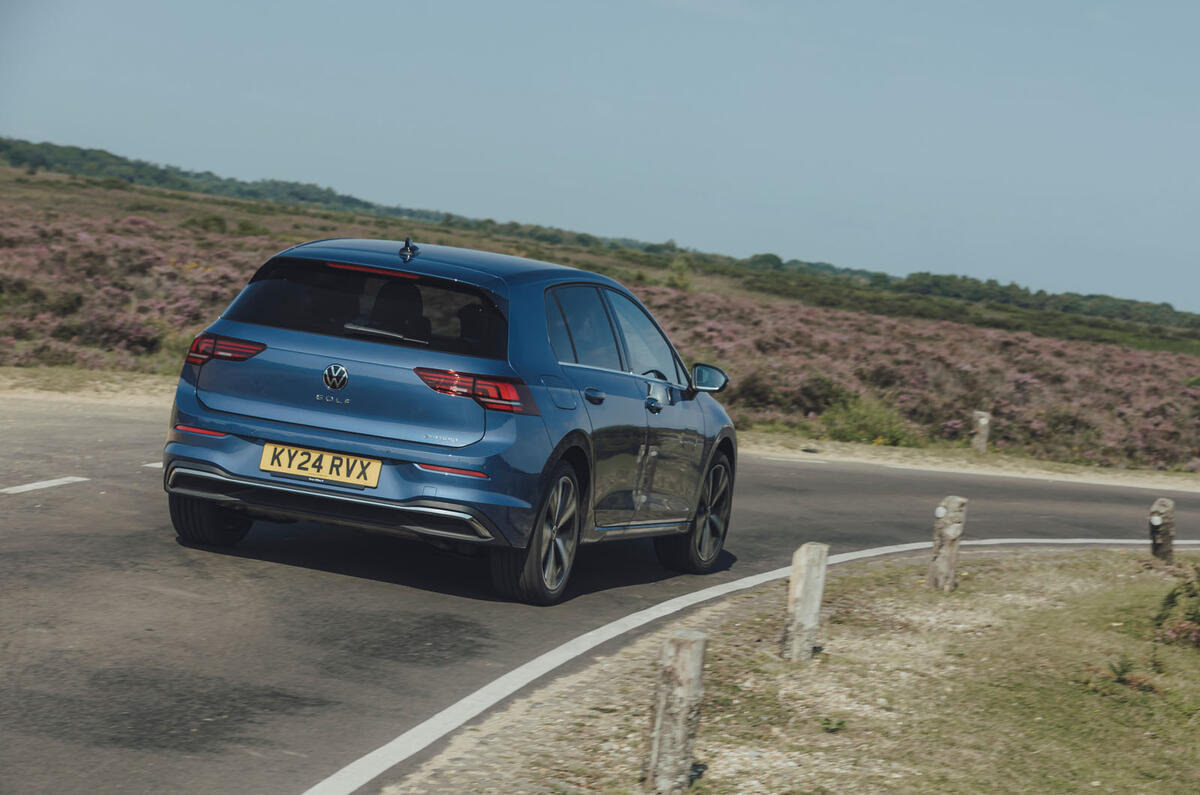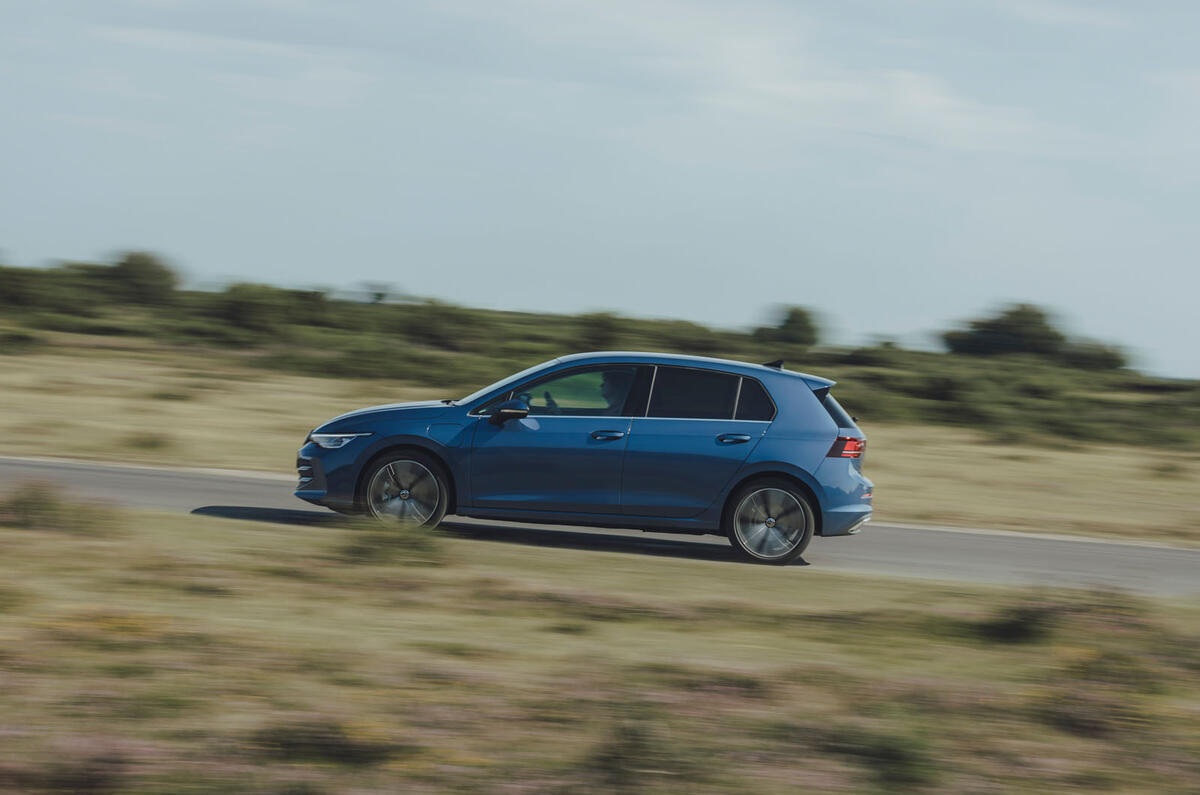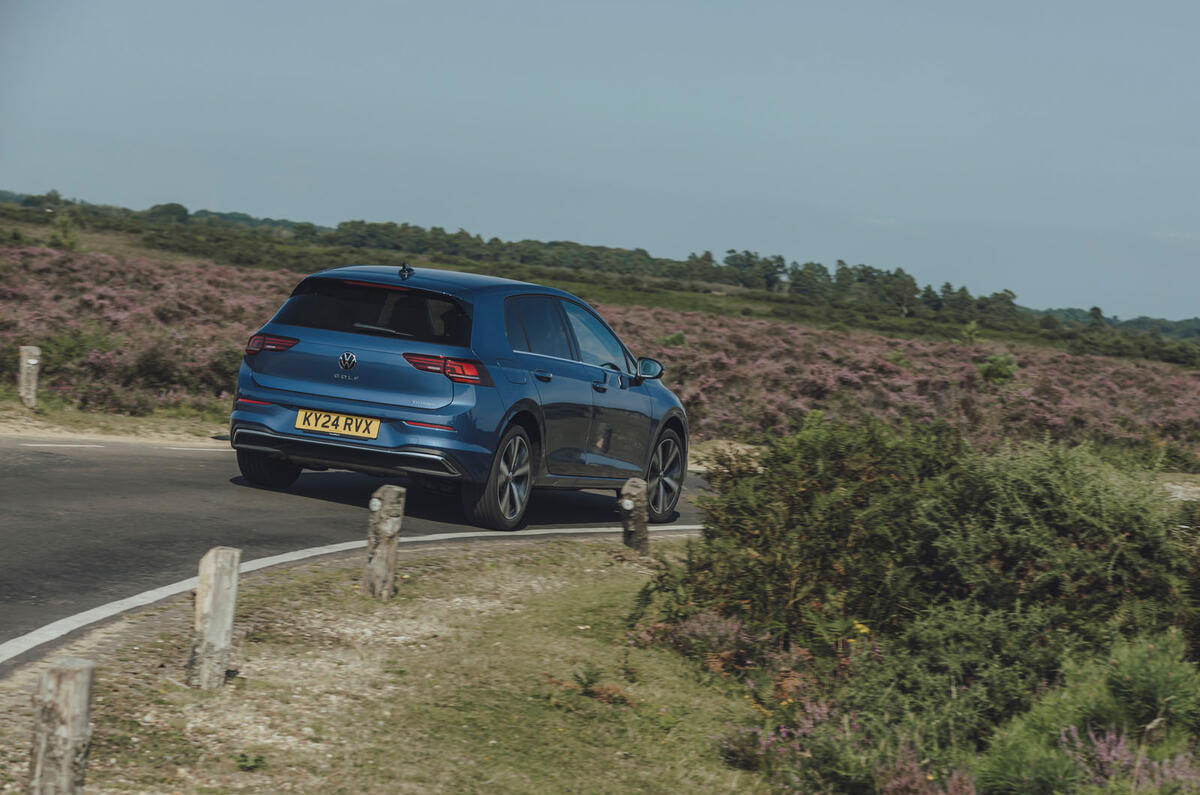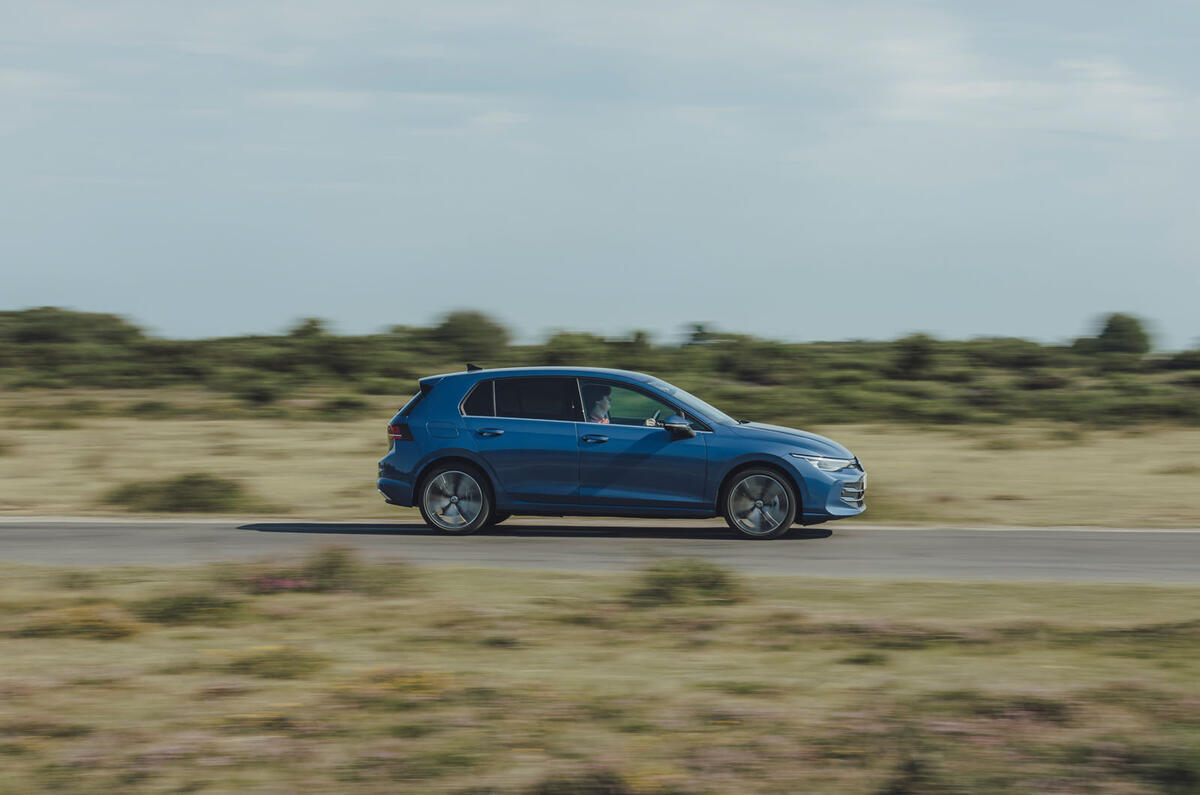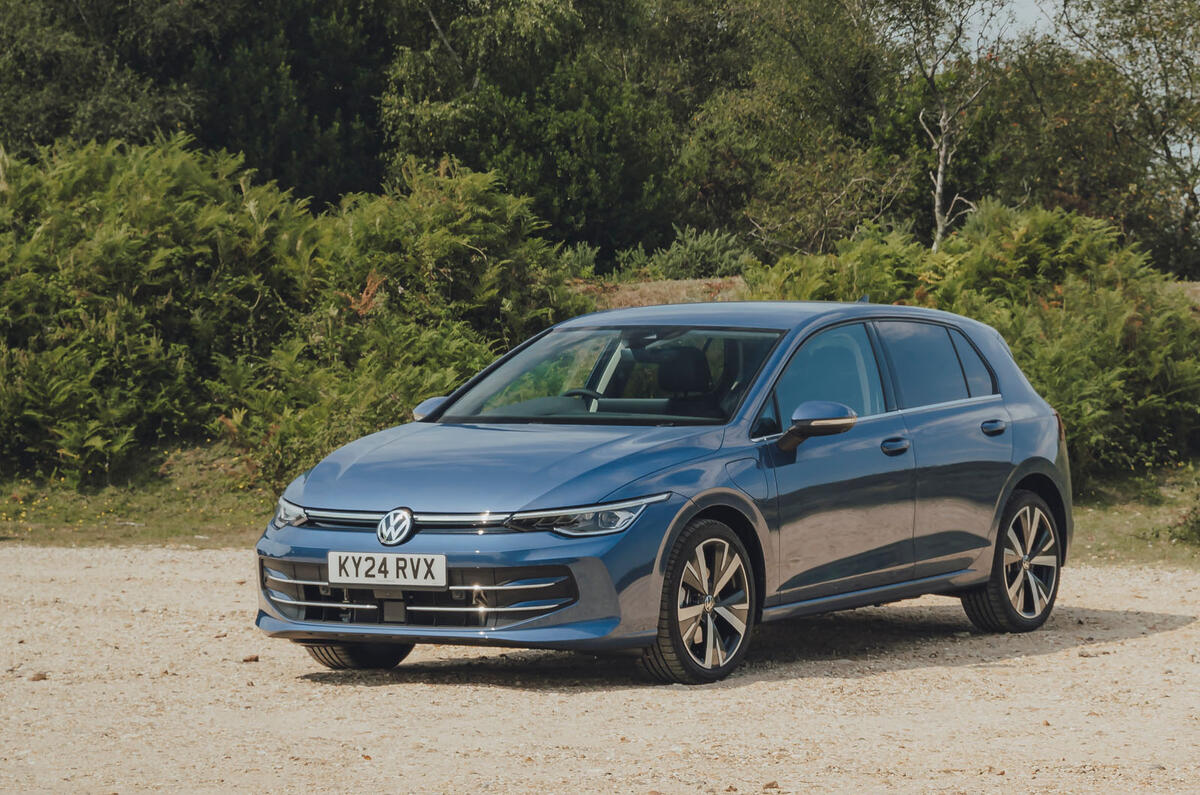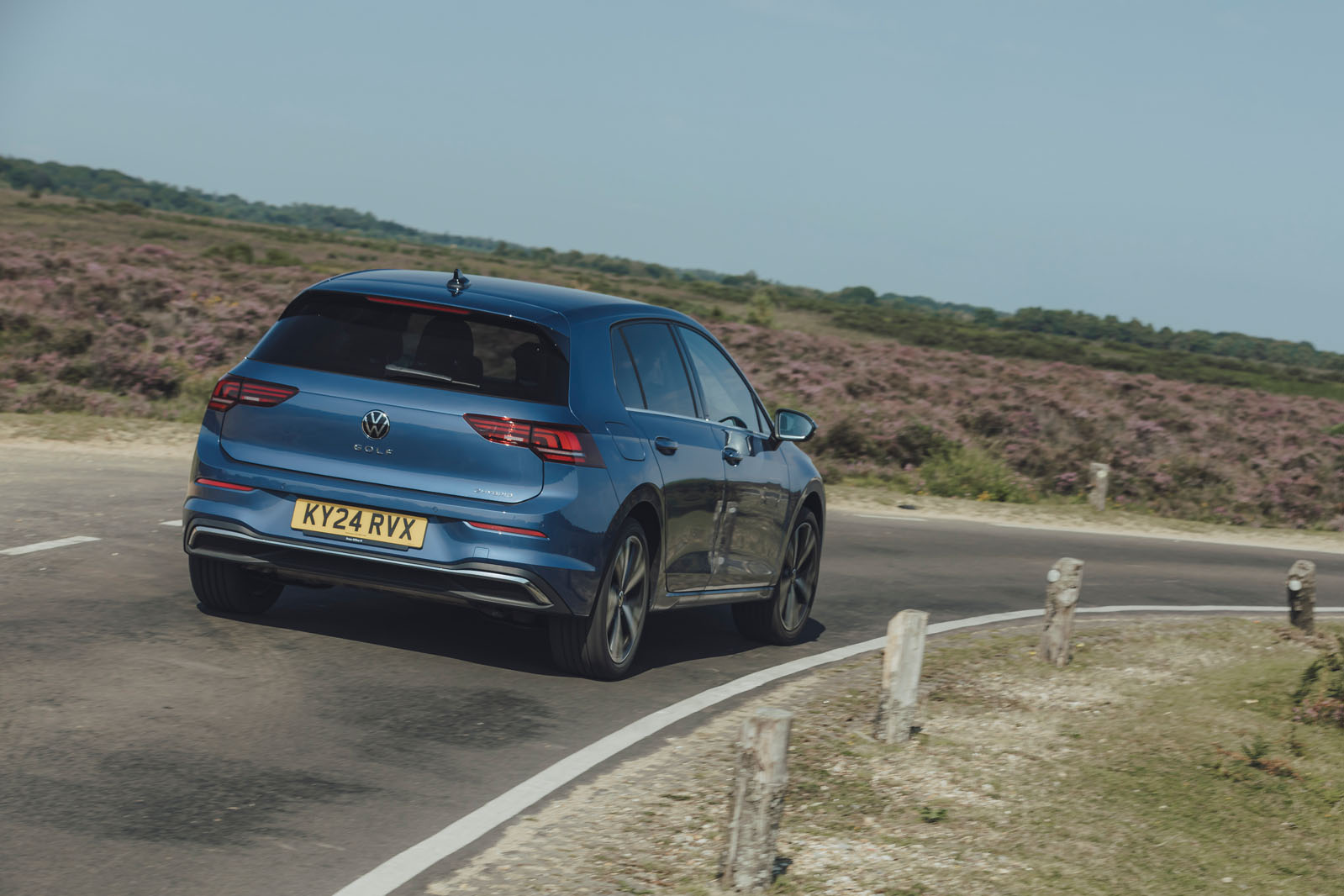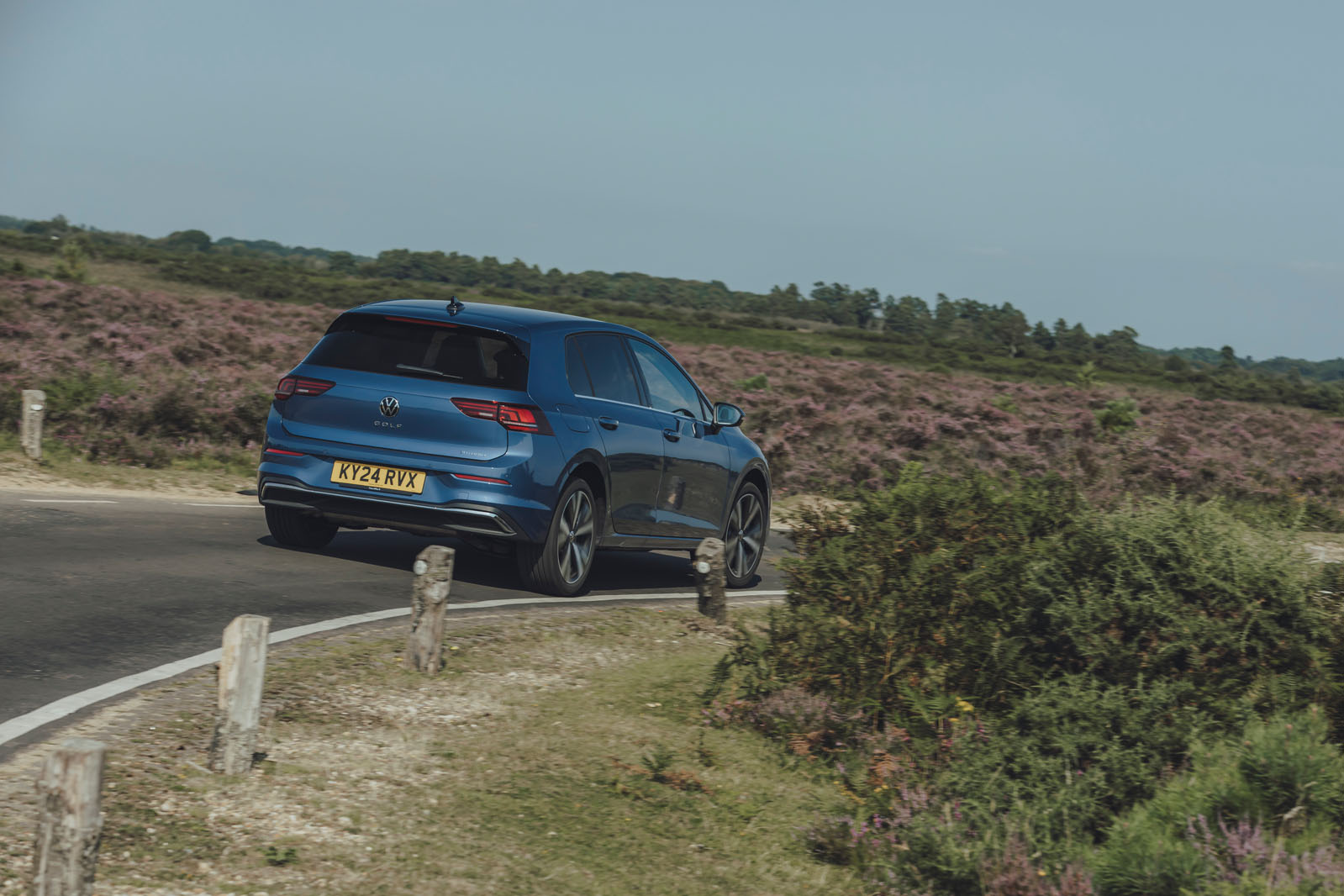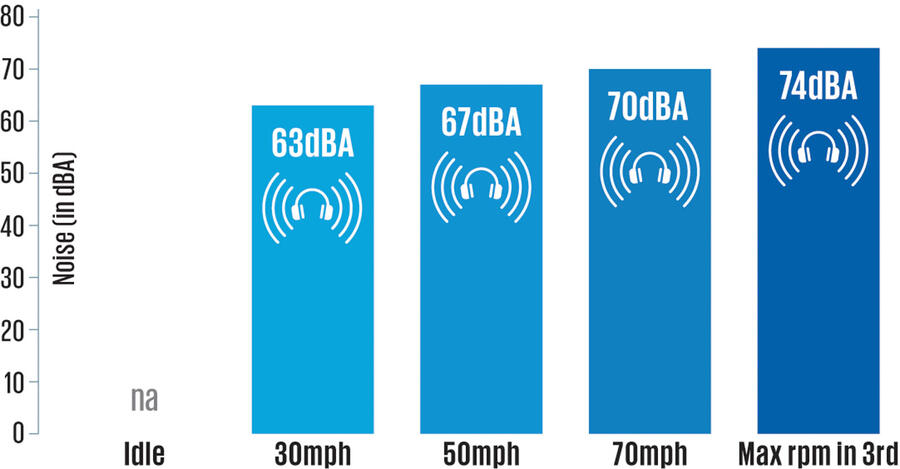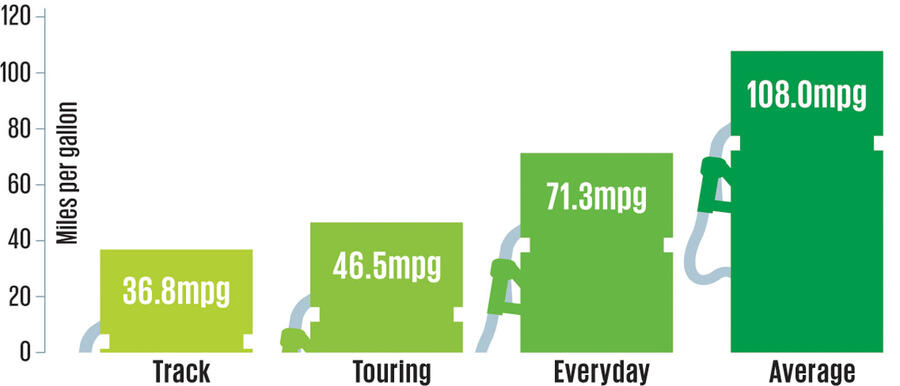The ground-up technical overhaul of the Volkswagen Golf eHybrid is up there with the industry's most comprehensive efforts.
Out of all the variants of the Volkswagen Golf we've driven to date, none of them has been more widely overhauled.
Powered by a second-generation version of the Volkswagen Group’s four-cylinder plug-in hybrid powertrain, this Golf has taken significant technical and functional strides.
With adoption of electric cars still not widespread, it sits in a unique position, being the first plug-in hybrid hatchback that we have tested in the 5% benefit-in-kind company car tax bracket.
Of course, it isn't the only hatchback that can lay claim to such a trait, the same powertrain having been slotted into the Cupra Leon, one of this car's close relations - and biggest rivals.
It's also fighting against other, more mechanically distant cars in the class such as the Toyota Corolla, Vauxhall Astra, Toyota CH-R, Audi A3 PHEV and, on the slightly more expensive side, the BMW 330e.
Even against all of that lot, though, it promises to be an effective fleet sales lever, as VW seeks to continue the Golf's appeal and return it to the top of Europe’s sales ranks.
The Volkswagen Golf e-Hybrid range at a glance
There's only one engine to choose from here: a 1.5-litre four-pot mated to an electric motor for 201bhp and 258lb ft. You can also have the GTE, for which we have a separate review, which ups power to 268bhp.





